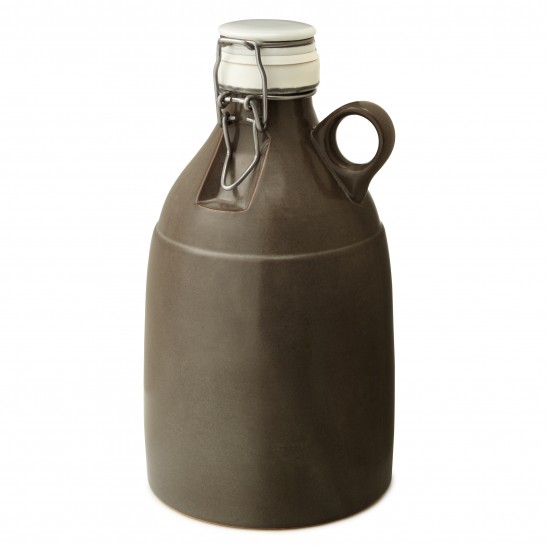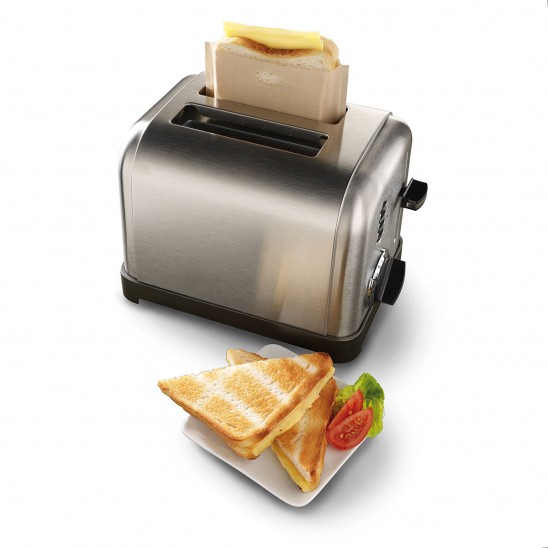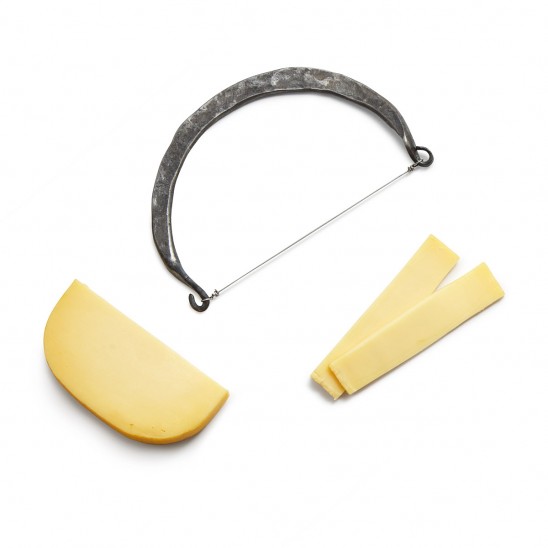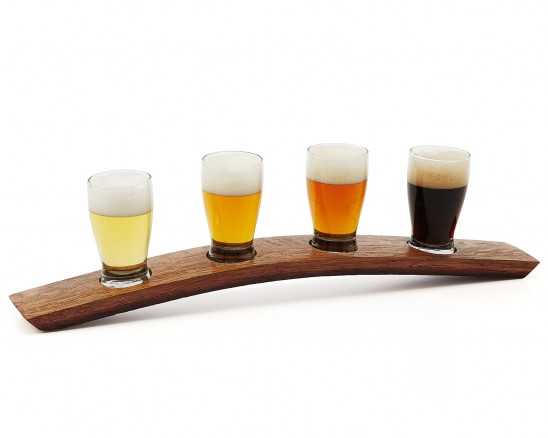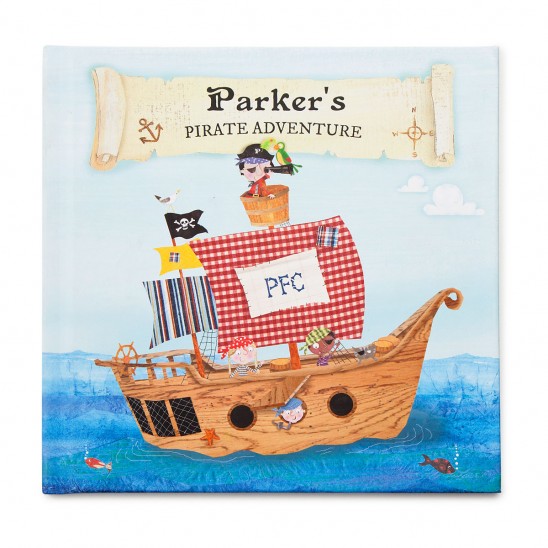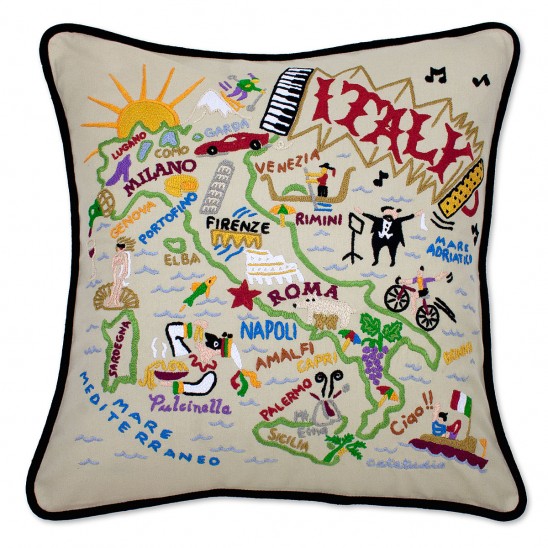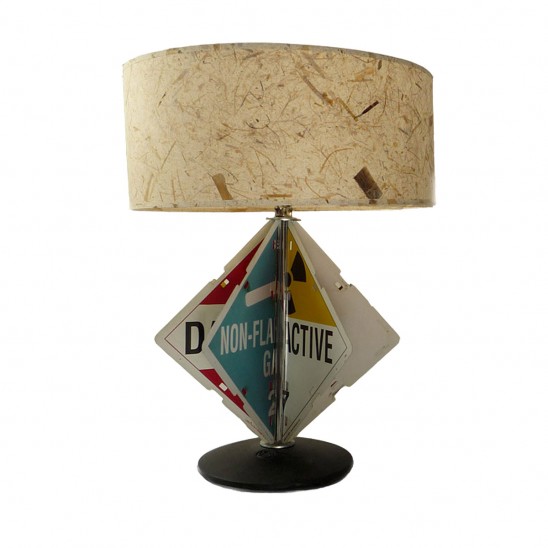If you’re a true, diehard American, then there’s a good chance that your weekend is going to be pretty German. Germans were a major immigrant group in the United States up through the 19th century, and much of what we consider quintessentially American is actually a German import. Got a beer in one hand and a frankfurter in the other? Both German. Also the sauerkraut on your dog, and potato salad on the side? German and German. Enjoying a picnic in the park while a brass band plays marches? No surprise—those were also popularized here by the Germans. In fact, you could argue that the whole concept of a weekend is thanks to German immigrants. Puritanical Americans often set aside Sunday as a day of worship instead of work. But the Germans brought with them a culture that prized organized recreation with the family, and during the heyday of their influx, public bandstands, civic orchestras, bandstands and sports clubs began to flourish—for which we give a hearty “Dankeschön!”
We’ve all experienced the devastating loss of freshly buttered toast. One careless knock off the plate, a case of…butterfingers…en route to your mouth, and the whole slice goes plummeting to its certain doom—almost always to land butter-side down. Conventional wisdom would suggest that you only stand a 50-50 chance of completely ruining breakfast. However, conventional wisdom does not take into account the nature of bread. Bread is made up of delicious pockets of air, which affect its drag as it falls. Cover up those pockets with butter, and you have a rotation situation, meaning (according to science) the bread is only able to rotate one and a half times on its way to your kitchen tile. If your table is standard height, this means you’ll probably be cleaning butter off the floor in the near future. So what’s a bruncher to do? After dropping 100 perfectly good pieces of toast, food science specialists determined that an eight-foot tall table would allow for a full 360-degree rotation, and the salvation of your morning carbohydrate. Incredibly tall toast fans rejoice!
Well, that seems like a bit of a personal question. But we can at least say that what dreams you do have may in fact be under the influence of cheese. It has long been believed that cheese before bed would result in vivid nightmares, as seen in Winsor McCay’s 1904 comic strip Dream of the Rarebit Fiend, or in A Christmas Carol when Charles Dickens has his character Ebeneezer Scrooge blame his ghostly visions on an undigested crumb of cheese. However, science is shining a new light on this particular folklore. According to a 2005 study in the United Kingdom (which, it should be said, was sponsored by the British Dairy Board), not only did cheese not provoke nightmares, but variety of cheese before bed appeared to actually influence the kind of dreams one would have. Test subjects who sampled cheddar before bed reported high rates of dreams about celebrities. Stilton, a particularly potent blue cheese, apparently produced more bizarre, surreal dreams, while those who ate Red Leicester reported very restful sleep, and dreams about past events. Results may vary from person to person, of course, but the song may be true after all (with a slight variation to the lyrics): “Sweet dreams are made of cheese.”
From acing an interview to the perfect first date, the safest follow up to ensure a good outcome is a hearty knock on the nearest tree or tabletop. In a pinch, even shiny laminate or your loopy aunt tapping on her head for show can do the trick. Rooted in superstition, many believe that this practice stemmed from pagan Europeans raising a loud ruckus to chase away evil spirits from their homes and in trees. This noise would prevent them from hearing about or ruining a person’s good luck. Over time, the “ruckus” needed was reduced to a simple knock on wood, so either the spirits grew hard of hearing or we just got lazy. Either way, you’re going to nail that promotion—knock on wood.
From children’s books to theme park rides to childhood games that had your little sibling walking the plank, the hallmark of any good pirate is an eye patch. So did that many pirates really have a missing eye? That seems like a very specific ailment to suffer from. Though researchers have yet to find a historical source to confirm, it’s becoming more and more plausible that the plundering sailors used the ocular accessory to improve their night vision. Moving from the outside of the ship to the near darkness below decks required a moment of adjustment to the dark. However, if Captain Hook had one eye that was constantly in darkness, all he’d have to do it switch the patch to the other eye to enjoy the old school, high seas version of night vision. Shiver me timbers!
Way back in the early 1500s, there was a war going on between the cities of Pisa and Florence. Both were located along the Arno river, but because Pisa was located farther downstream, it was able to block Florence’s access to the sea. Pisa had geography on its side, but Florence had mind-power. Philosopher Niccolò Machiavelli lived there and, deciding to take matters into his own hands, he began to scheme with a friend of his named Leonardo da Vinci. Da Vinci created detailed maps of the Arno, and came up with a plan for stealing the entire river away from Pisa. But, as was so often the case, Da Vinci was ahead of his time. The laborers who worked on digging the necessary canals could not dig fast enough or deep enough to have an effect. Da Vinci, of course, invented a machine that could do the work more effectively, but it was never built. The Florentines attempted to fix the problems, but a heavy storm destroyed much of their work. By the time they recovered from that, the Pisans were onto their little plot and made sure that no one tried to steal their river again.
When we first started the transition from actual horses to horsepower, to say the roads were chaotic would be an understatement. Drivers didn’t need a license, lane lines didn’t exist, and the lack of traffic signs made four-way stops a recipe for disaster. The first official stop sign appeared in Detroit in 1915. Small, white, and square, it seemed more like a request than a law. In 1923, the Mississippi highway department suggested that there be some sort of code in street signage—the more sides on a sign, the more dangerous the upcoming hazard. Circles designated the most risky stretch of road, as they were considered to have infinite sides. The octagon came in second and pointed out dangerous intersections, traditionally the four-way stop. They appear to have broken the side-counting strategy with diamonds and rectangles—the latter was for informational signage, while the former designated a moderately tricky stretch. Now go for a nice Sunday drive and remember your geometry!
Sure, “black” would be a fair response, but the term “black light” is an oxymoron because truly black light is impossible. Black light is actually from the slow lane of the spectrum—long-wave ultraviolet (UV-A) light. It’s the kind of light that makes your teeth and white t-shirt appear to glow, can reveal a counterfeit $50, and makes certain heavy metal posters obtainable from carnivals totally rad. But among the many amazing functions of black light, the most remarkable are found among insects and arachnids: certain scorpions fluoresce blue-green under black light, bees’ sophisticated eyes allow them to see a wide color spectrum that includes ultraviolet, and butterflies perceive gender differences (invisible to humans) through ultraviolet light to help them find a date. But unfortunately for moths and other flying insects, black light is also used as a lure in electric “bug zappers,” so it could well be the last thing they see on a summer night.

